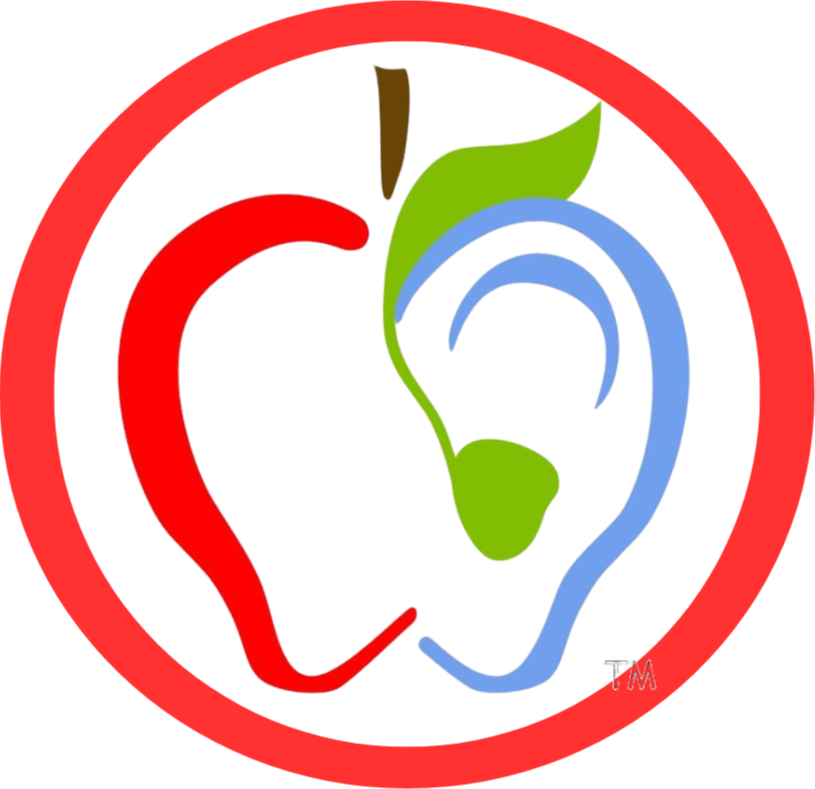The Importance of Books with Deaf Characters
Jul 28, 2022
We all know that literacy is a huge part of success in the classroom, right? Students are more likely to transfer literacy learning to real life and the future if they are engaged in relevant learning opportunities (Morrow and Gambrell). One way that we can blend literacy opportunities with meaningful content while also building up our deaf and hard of hearing students’ self identity, advocacy, and awareness, is by including books with deaf characters into our sessions and sharing these resources with families. This is especially important for our students that may be more isolated in schools or programs without deaf peers, or who live at home with family members that are all hearing or maybe don’t use ASL like they do.
A few years ago, I started my Amazon wishlist, as many other teachers did, and I filled my list with books with deaf characters after discovering Taylor Thomas and Emily Manson’s really comprehensive Google Sheet filled with books, descriptions of the deaf/hard of hearing characters, and even lexile levels. You can find that list here: Books for Children who are Deaf, Hard of Hearing, or DeafBlind
With my small library of these books (and a list of others at the ready), I integrated relevant stories into sessions with book studies, vocabulary activities, and by encouraging connections and comprehension through meaningful discussions that my students were always engaged in. I had one student in third grade a few years ago that fell in love with the American Girl Joss books. We started one together during our time together and by the end of the year, I think she had borrowed and read 5-6 of the books from my collection. Seeing herself through these characters motivated her to continue reading and learning and also helped her blossom into a beautiful advocate and accept and love herself and her hearing loss.
While it is so important to include stories with deaf characters, it is also important to preview these stories and recognize how deaf characters and Deaf culture is portrayed in literature. Some research has been done on the portrayal of deaf characters in children’s picture books, indicating that many have been written by hearing authors and present the deaf character in a more “medical” or “pathological” way, indicating that deafness is a disability that needs to be fixed (Golos and Moses, 2011). As evidenced by the growing list linked above, more and more books continue to be released, including a wider range of diverse stories, experiences, and characters. Deafness and hearing loss is an experience that is different for every individual, which is also represented in many of the stories shared. If you are looking specifically for stories by deaf authors, check out authors Sara Nović, Aarron Loggins, Cece Bell, Cheyenna Clearbrook, Haben Girma, and Nyle DiMarco.
One of my favorite books to read with my students is El Deafo. Many school libraries have this book and it is easy to find at other bookstores and on Amazon! I love this book because it is appropriate for a wide range of students, but I would recommend 3rd-7th grade (and older students and adults would love it as well). It’s a graphic novel with vibrant and colorful pictures showing Cece, the main character-a deaf bunny as she discovers that her hearing difference is actually her superpower.
The story is written by Cece Bell (yes-she’s the main character!) about her experience growing up deaf. You’ll notice differences like her body-worn hearing aid from back in the day, but also similarities like her experiences with a teacher microphone being used in…erm…places it shouldn’t be! Your students will love making these connections and seeing how Cece advocates for herself as she grows older. One of the best parts about this book is the awesome resources that I have found to go along with it.
- The book is FREE on Epic! If you don’t have an account, you can sign up as a teacher for free! Sign up for Epic here
- El Deafo Novel Study Book Unit by The Teaching Bank
- El Deafo Jeopardy
- Another El Deafo Novel Activity Pack (my favorite!)
- El Deafo Vocabulary Bingo
- El Deafo is also a SHOW on Apple TV! Check it out here.
- Find even more activities on TPT here
Another of my favorite stories is Hurt Go Happy, by Ginny Rorby. This story is perfect for middle school/high school students (and I personally recommend it to parents, too!) The story includes thirteen-year-old Joey Willis who is deaf. Her mother forbids her to use sign language and insists that she read lips. Isolated and left out of conversations, Joey feels alone in the world. Joey’s world starts to change when she meets Dr. Mansell, an older CODA (child of deaf adults) and Sukari, his signing chimpanzee. Joey secretly begins to learn to sign. “Hurt Go, Happy” is American Sign Language for “the pain has ended.” Hurt Go Happy is inspired by the true story of Lucy, a chimpanzee raised as a human child, and the culmination of ten years of research that includes one girl's determination to save her life.
This book is fabulous for opening up the conversation about isolation, finding your true self, and one's journey to self-identity.
Get the FREE TEACHER GUIDE here
What are your favorite books with deaf/hard of hearing characters?
See some of our favorite books with deaf or hard of hearing characters here
Click here for more books with deaf characters
JOIN THE PROFESSIONAL ACADEMY!
Source: Golos, D., & Moses, A.M. (2011). Representations of deaf character in children’s picture books, American Annals of the Deaf 156 (3), 270-282.



